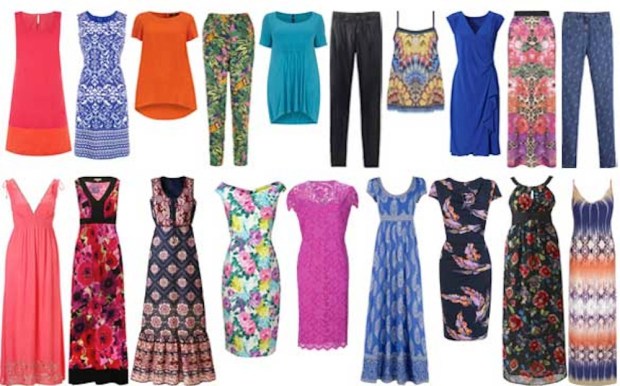Amazon Struggles With European Apparel, Footwear Sales

Amazon is having a tough go of it in Europe, even though it has been in the region for twenty years.
According to a report in The Wall Street Journal, Amazon is still struggling in Europe to gain traction hawking shoes and apparel. According to retail executives and analysts, the reason for Amazon’s struggles in Europe is that it lacks top fashion, doesn’t have a website that is optimized to browse for clothes and is operating in a market that is fragmented with fierce competition.
In the U.S., Amazon has close to 50 percent market share of online sales, reported The Wall Street Journal, citing Euromonitor International data. It controls 35 percent of the U.S. market for apparel and footwear and is in the first place position. In Western Europe, however, it has a market share of 22 percent overall but just 8 percent market share in footwear and apparel. To boost that, the paper noted, Amazon is expanding its offering and is encouraging merchants in the U.S. to ship internationally. It also launched three clothing brands in Europe, noted the report.
While Amazon doesn’t break out sales, in Europe last year its overall international business sales were $54.3 billion, which was up 23 percent year over year. It had an operating loss of $3.06 billion, reported the WSJ. To combat Amazon in Europe, European players have added more fashion brands via partnerships in which the brands are provided with more data on the shoppers. “Major fashion players in Europe, of course, don’t want to underestimate the threat of Amazon, because Amazon seems to be able to do anything,” Marguerite Le Rolland, a Euromonitor analyst, said in the report. “However, our clients still feel relatively safe. They feel [Amazon] hasn’t convinced consumers yet on its fashion credentials.”
When it comes to hawking fashion the aesthetics of a website are important — and this is an area where European retail executives said Amazon is falling short. They likened Amazon to online department stores that don’t offer much control over how the brand is presented. Other fashion-focused apparel sites are designed to give brands more control over the presentation, and as a result have a more sleek look and feel that is attractive to European consumers. The paper noted that U.S. brands have also complained about the presentation on Amazon, but that hasn’t stopped brands such as Nike from selling products directly on the Amazon website.